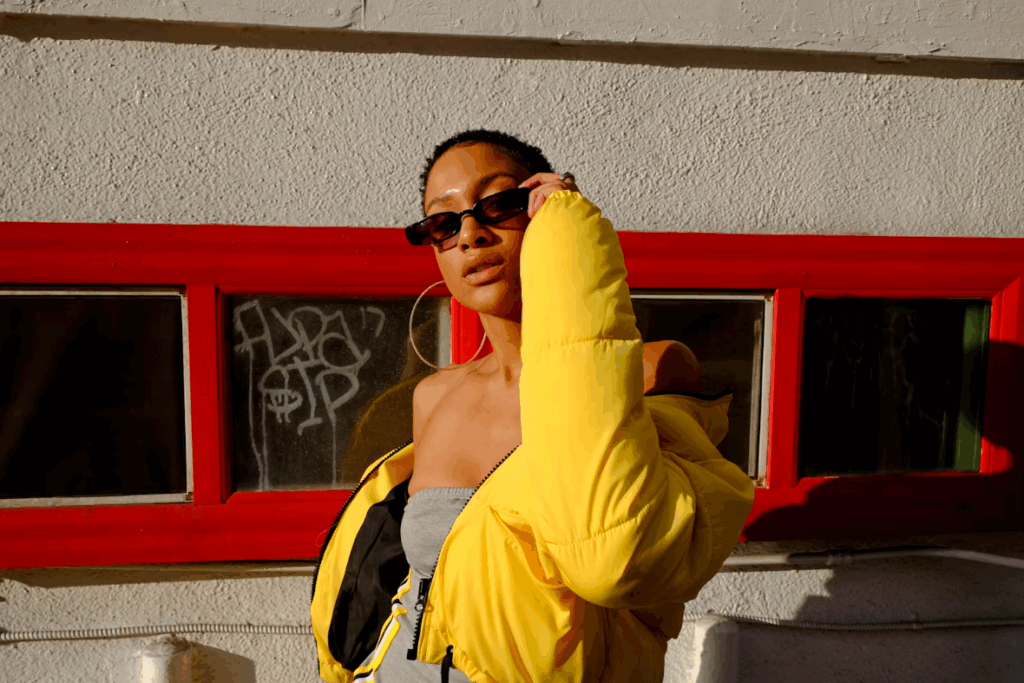Street style emerged in the late 20th century as a rebellious expression of individuality, shaped by urban youth and subcultures that sought to differentiate themselves from mainstream trends. What began on the streets of cities like New York, Tokyo, and London was driven by communities who used fashion as a tool for identity and belonging. The authenticity of these styles resonated beyond their neighborhoods, capturing the attention of photographers, editors, and eventually high-end designers.
Over the years, street style has undergone a fascinating evolution, moving from niche to mainstream. Designers who once relied solely on traditional runway aesthetics began borrowing from street fashion’s raw energy. Influences from skateboarding, hip-hop, punk, and even sportswear began to dominate high fashion collections, blurring the lines between luxury and casual wear. This democratization of fashion allowed individuals to participate in shaping trends rather than merely following them.
Social media played a pivotal role in amplifying street style, giving rise to influencers who brought personal interpretations of fashion to a global stage. Instagram, in particular, has become the modern street corner where style is showcased, curated, and shared with millions. People now draw inspiration from everyday looks, valuing originality and storytelling over designer labels. This shift has created a more inclusive and diverse fashion landscape where anyone with a unique voice can make an impact.
However, the commercialization of street style has sparked debates about authenticity. Critics argue that as brands capitalize on grassroots aesthetics, the culture’s original essence risks being diluted. Yet many designers and wearers continue to celebrate its roots, emphasizing that the true spirit of street style lies in self-expression and creativity. The constant tension between authenticity and commercialization keeps the movement vibrant and ever-evolving.
Today, street style stands as a testament to fashion’s capacity for change, inclusivity, and personal storytelling. As it continues to evolve, it challenges the industry to embrace diversity and give space to voices previously overlooked. From its humble beginnings to dominating global runways, street style proves that fashion is not just about clothing—it’s about identity, culture, and community.

